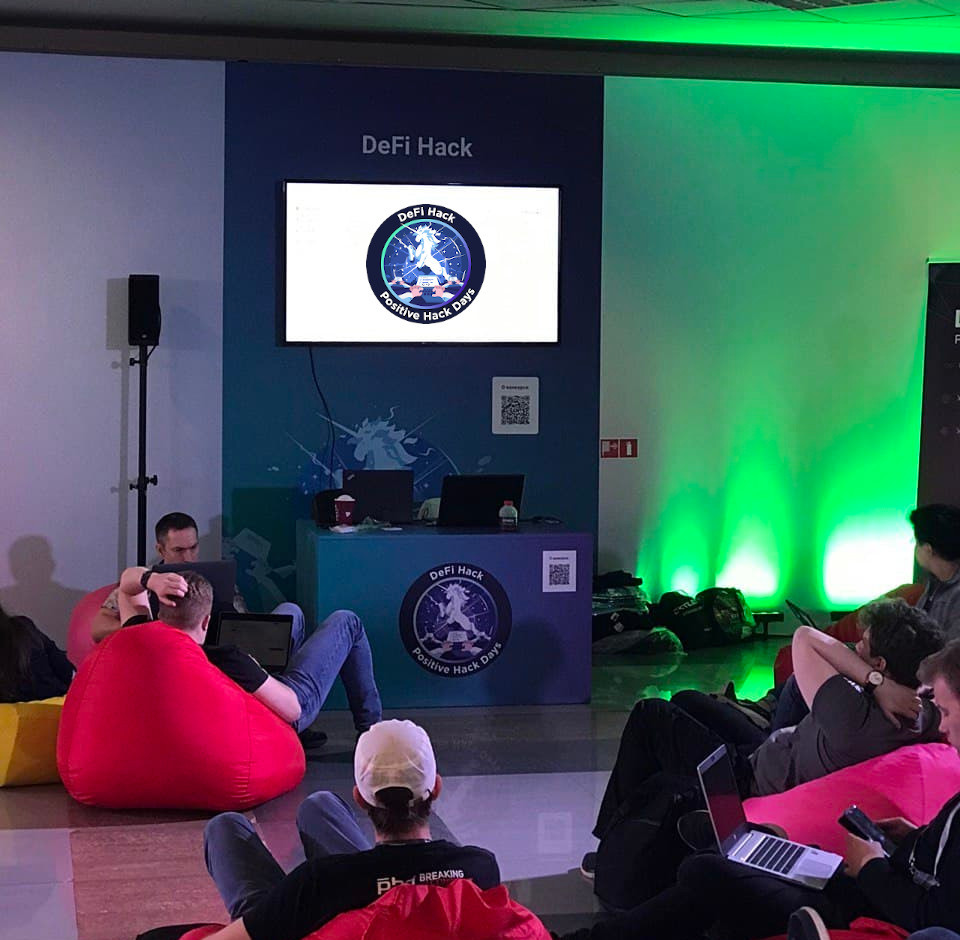Tag: defi
-
Building scalable monitoring infrastructure from scratch
In this talk we will share our experience of creating a transaction monitoring solution for the EVM-compatible networks. Starting from a standalone Rust application that queries the blockchain RPCs, and ending with a scalable solution that can handle thousands of transactions per second, we will cover all the steps that will explain how to catch…
-
DeFi Hack solutions: DiscoLP
This is a series of write-ups on DeFi Hack, a wargame based on real-world DeFi vulnerabilities. Other posts: DiscoLP DiscoLP is a brand new liquidity mining protocol! You can participate by depositing some JIMBO or JAMBO tokens. All liquidity will be supplied to JIMBO-JAMBO Uniswap pair. By providing liquidity with us you will get DISCO…
-

DeFi Hack solutions: May The Force Be With You
Back in 2018 I hosted the contest EtherHack which featured a set of vulnerable smart contracts. At that time the tasks were focused primarily on the EVM peculiarities like insecure randomness or extcodesize opcode tricks. Back then the first wave of crypto hype was coming to the end when numerous ICOs were falling apart because…